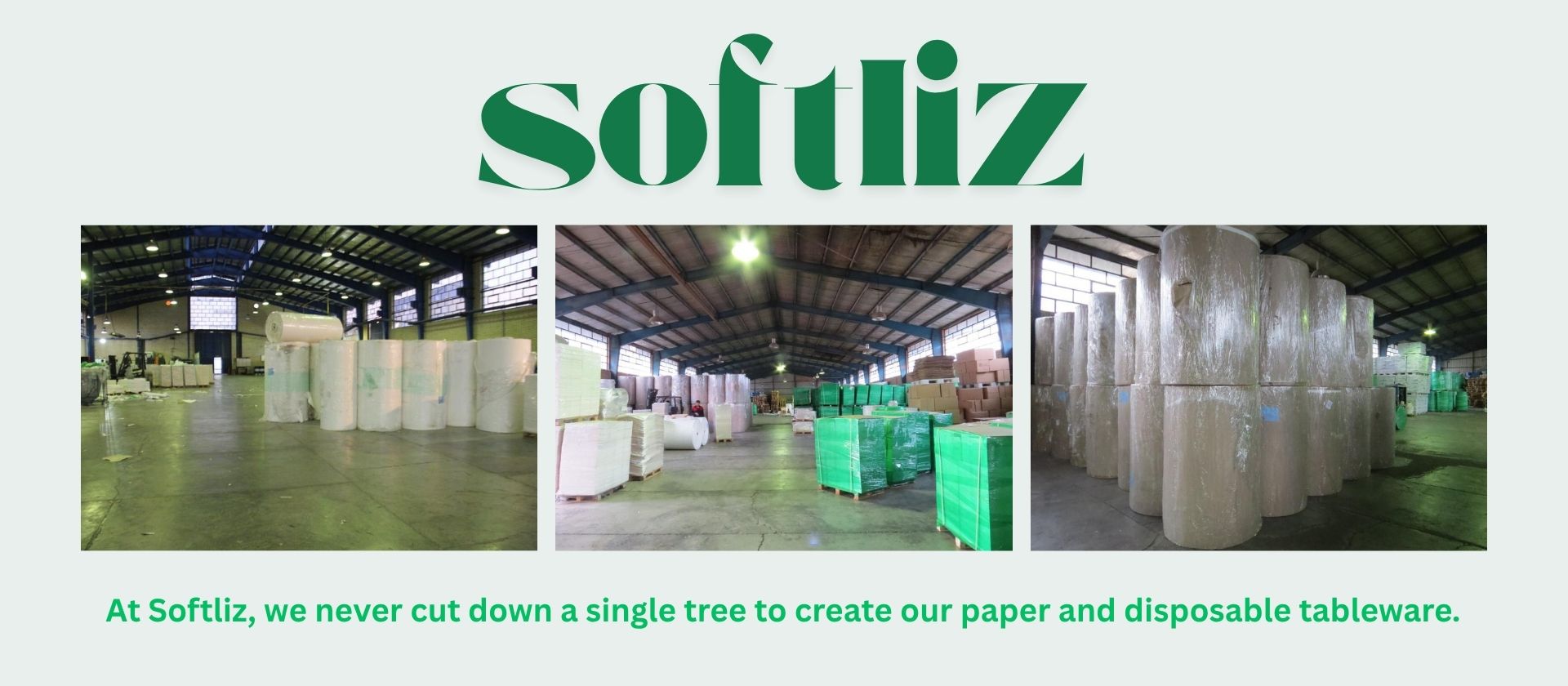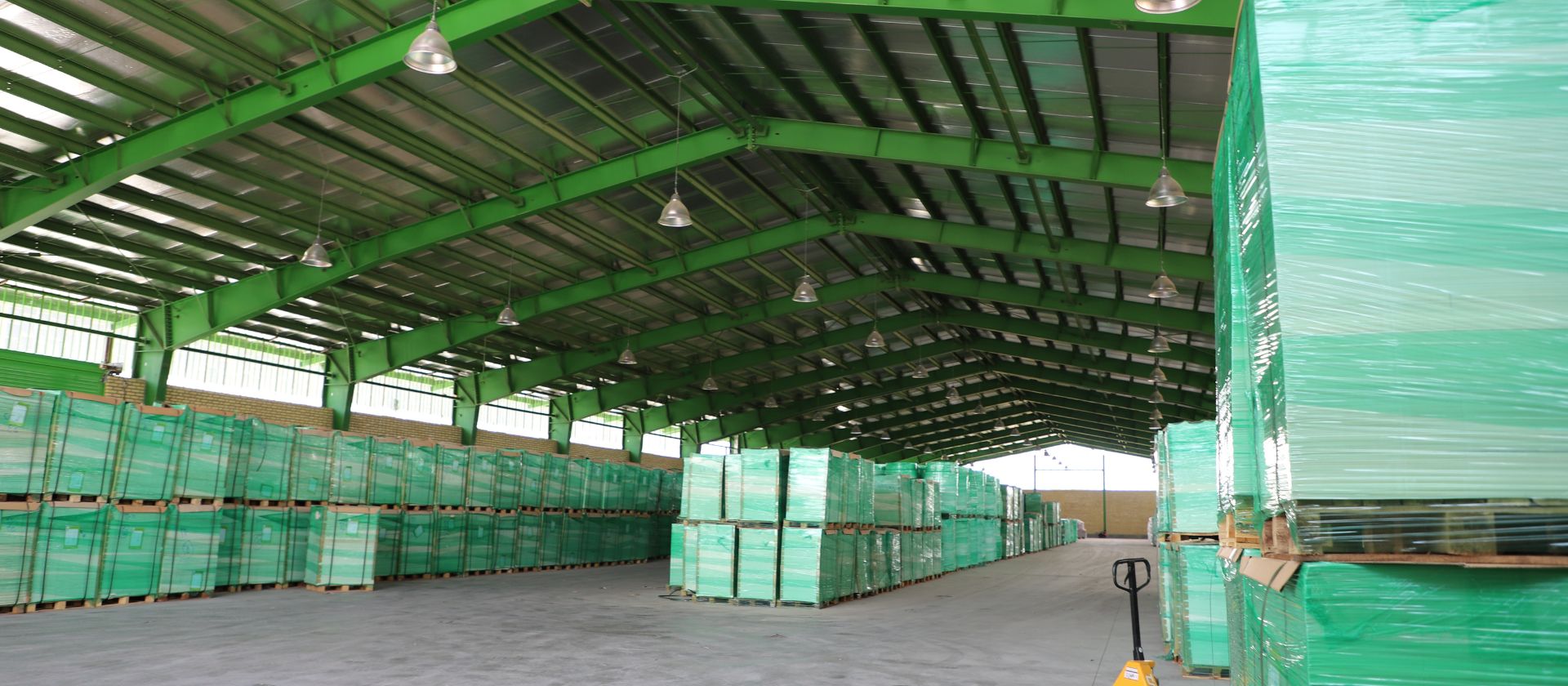Are Bagasse Plates Really Eco-Friendly? Everything You Need to Know
As the world continues to battle plastic pollution and climate change, consumers and businesses alike are looking for more sustainable packaging options. One product that’s generating a lot of attention is the bagasse plate — a disposable tableware item made from sugarcane fiber. But how eco-friendly are bagasse plates, really? Let’s explore the facts, the benefits, and why more brands like Softliz, a leading manufacturer in Türkiye, are embracing this green innovation.

What Is Bagasse?
Bagasse is the fibrous residue left after extracting juice from sugarcane. Instead of burning or discarding this byproduct — a common practice that contributes to air pollution — it can be repurposed into paper products, packaging materials, and most notably, compostable tableware like bagasse plates.
Unlike traditional disposable plates made from plastic or Styrofoam, bagasse plates are made from agricultural waste. This gives them a strong environmental advantage right from the start.
Why Are Bagasse Plates Considered Eco-Friendly?
The eco-friendliness of bagasse plates comes down to several key factors:
1. Made from Renewable Resources
Sugarcane grows quickly and is harvested multiple times per year in many regions. Bagasse, as a waste product, doesn’t require additional land, water, or energy to produce — making it a sustainable raw material.
2. Biodegradable and Compostable
One of the standout features of bagasse plates is their ability to fully decompose in as little as 60–90 days in industrial composting facilities — or a few months in a backyard compost. This contrasts sharply with plastic plates, which can take hundreds of years to break down and often leave behind harmful microplastics.
3. Reduced Carbon Footprint
Manufacturing plastic-based products requires petroleum, a non-renewable fossil fuel. In contrast, bagasse products have a much lower carbon footprint during both production and disposal. They also reduce methane emissions by preventing agricultural waste from being burned.
How Bagasse Plates Compare to Other Alternatives
When assessing the environmental impact of disposable tableware, it’s important to compare bagasse plates with other common materials:
| Material | Renewable | Compostable | Biodegradable | Decomposition Time |
|---|---|---|---|---|
| Plastic | ❌ | ❌ | ❌ | 400+ years |
| Styrofoam | ❌ | ❌ | ❌ | 500+ years |
| Paper | ✅ | ✅ (if uncoated) | ✅ | ~1-2 months |
| Bagasse | ✅ | ✅ | ✅ | ~60–120 days |
As the table shows, bagasse outperforms traditional plastic and Styrofoam in nearly every category — which is why it’s rapidly becoming the material of choice for eco-conscious brands.
Are There Any Downsides?
While bagasse plates offer many advantages, no product is without its challenges:
-
Composting Requirements: For optimal decomposition, bagasse plates should ideally be composted in industrial facilities. In landfills, where oxygen is limited, degradation takes longer.
-
Cost: Initially, bagasse products may be slightly more expensive than conventional plastic, although this gap continues to shrink as demand increases and production scales up.
However, when considering the long-term environmental benefits, these downsides are minimal.
How Softliz Is Leading the Way in Sustainable Tableware
Softliz, a Türkiye-based manufacturer, has become one of the most respected names in the eco-friendly tableware industry. Here’s why Softliz is trusted by businesses around the world:
100% Plant-Based Products
All Softliz plates, bowls, and containers are made from sugarcane fiber without any plastic additives — making them genuinely compostable and safe for both consumers and the planet.
Rapid Global Delivery
With a high-capacity production line and efficient logistics, Softliz offers fast international shipping to clients across Europe, the Middle East, and beyond.
Competitive Prices
Despite using premium raw materials and sustainable processes, Softliz offers its bagasse products at highly competitive prices, making eco-friendly choices more accessible for large-scale foodservice companies, retailers, and wholesalers.
Certified for Safety and Sustainability
Softliz products comply with EU food-contact standards and hold multiple certifications proving their biodegradability, compostability, and product safety.

The Business Case for Switching to Bagasse Plates
More than just an ethical decision, adopting bagasse tableware offers real commercial benefits:
-
Positive Brand Perception: Consumers are actively seeking brands that prioritize sustainability. Using eco-friendly packaging enhances your brand image and builds customer loyalty.
-
Regulatory Compliance: Many countries and cities are enacting bans on plastic disposables. Bagasse products help businesses stay ahead of environmental regulations.
-
Zero Plastic Strategy: Whether you’re a restaurant chain, catering service, or packaging distributor, moving to plant-based options like Softliz’s bagasse plates supports your green transition goals.
Frequently Asked Questions (FAQ)
Q: Can bagasse plates handle hot foods?
A: Yes. Bagasse plates are microwave-safe and can hold hot or oily foods without leaking or warping.
Q: Are they safe for cold storage or freezers?
A: Absolutely. Softliz bagasse plates are freezer-safe and perform well across a wide range of temperatures.
Q: Can I brand or print on bagasse plates?
A: Yes. Bagasse plates can be custom printed with food-safe inks, making them ideal for branded events and packaging.
Conclusion: Are Bagasse Plates Really Eco-Friendly?
The answer is a resounding yes. Bagasse plates are not only biodegradable and compostable, but they’re also made from agricultural waste — turning a byproduct into a useful, earth-friendly solution.
With increasing global pressure to eliminate plastic waste, now is the time to switch to compostable alternatives. By partnering with trusted suppliers like Softliz, you’re not only investing in high-quality, sustainable tableware — you’re investing in a cleaner, greener future.
